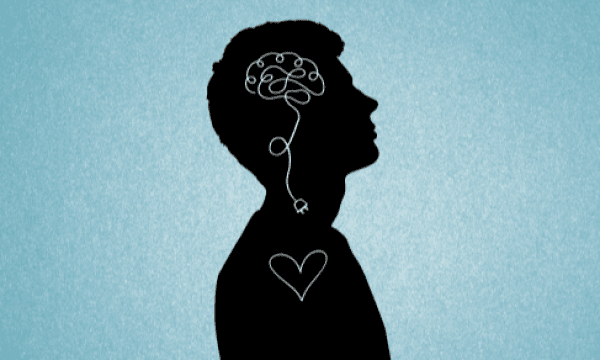
COVID-19. SOCIAL DISTANCING.
These are terms we are hearing just about everywhere these days. So what is social distancing? Why is it so important at the moment? The novel coronavirus that is spreading throughout the world, also known as COVID-19, is a contagion that has no vaccine or anti-viral therapies for at the moment. On March 11, the World Health Organization declared COVID-19 a pandemic. A terminology not to be taken lightly, with the expectation that many will fall ill and die as a result of this pathogen. The medical community feels that one of the best ways to reduce the spread of this viral illness is by using social distancing strategies.
To give you some idea of the potency of this virus, we, in the medical community, use a concept called R0 value to describe how fast an infection can spread. An R0 value of 1, means one person will infect 1 other person. An R0 value of 2.2, which is currently what COVID-19 is determined to be, means 1 person is likely to infect 2 more people. Those 2 people will go on to infect 2 more, and you can quite quickly see exponential increases in the number infected. This is the reason that social distancing strategies are being called upon by public health officials.
The important thing to keep in mind is that the R0 can be influenced and infectious risk can be decreased. Proper handwashing, regular disinfecting of common spaces as well as social distancing are ways to decrease infection spread. Putting up barriers where people don't have the opportunity to infect someone else is one way to bring the R0 down.
Why is social distancing so critical at this point in time? The infection in Canada is in its early stages. With the expected exponential spread of this virus, our healthcare system is going to quickly become overwhelmed. Already, our emergency rooms and hospital wards are at near full capacity. With more COVID-19 infected patients, we do expect to see more severe presentations of the illness. Yes, there will be those infected with milder symptoms, including fever and cough, who will be asked to self-isolate at home. However, elderly patients and those with numerous medical condition are at higher risk of developing pneumonia as well as respiratory difficulties. This will take a toll on our already stretched thin healthcare system. This will have significant impacts on caring for those with COVID-19 infection in hospitals as well as others requiring hospitalization for unrelated conditions
There are some reassuring facts that around 80% of people infected with COVID-19 will have mild symptoms and recover on their own. We hear some members of the public stating that flu, cancer and car accidents kill thousands yearly and state “why should we be worried or care about this COVID-19?”. As of March 15, 2020, data from the World Health Organization shows us that there are 153 517 confirm cases of COVID-19 Infection, with nearly 10,000 in the last 24 hours. There has been 5735 deaths from COVID-19 infection, with 333 deaths confirmed in the last 24 hours. We will only continue to see exponential rises in these numbers over the next few weeks.
It is your social responsibility to care about this pandemic. If you have a loved one over the age of 65 or with multiple medical conditions that put him or her at risk of a severe COVID-19 infection, we urge you to make a stand and be a role model for social distancing. This is THE time when staying home will save a life. Every social interaction and opportunity for spreading the disease that can be avoided, saves a life in a week. While the number infected and death toll in Canada is still relatively low, Now is the time to be social distancing.
What can you do today?
· Avoiding going out in public unless absolutely necessary.
· No social gathering, no birthday parties, ceremonies, temple gatherings. It means seriously limiting one-on-one or group contact with people outside of the immediate household. It means avoiding visitors coming to your home, avoiding gyms, libraries and other public spaces.
· Consider only leaving the house to seek medical care, obtain supplies or work if working from home is not an option. In picking up supplies, it should be done during non-rush-hour times to avoid crowds.
· Try to to maintain a 2 m or 6 feet distance between any other individual.
· Continue to promote diligent hand washing, covering a cough or sneeze in your elbow or wearing a mask if you are symptomatic and have to leave the house.
One of the downsides of social distancing is the toll that it can take on mental health. Although face-to-face meetings should be avoided, it is important that you continue to keep contact with your loved ones. Telephone conversations as well as video communication are ways to keep yourself from social isolation.
Social distancing is a powerful weapon in our arsenal to slow the spread of this virus and save lives. Do your part to help reduce the spread of this pandemic.
If you are having symptoms of fever, dry cough and are concerned about COVID-19 infection, please do reach out to Telehealth Ontario 1-866-797-0000 or Government of Canada's coronavirus information line (1-833-784-4397).

























